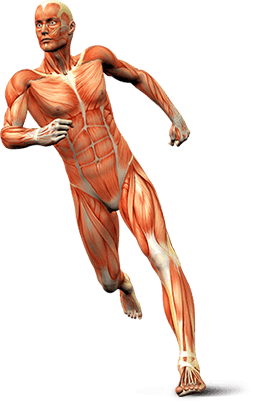Multi-Ligament Injury
Multi-ligament Injury in Adults
Ligaments are the fibrous tissue brands connecting the bones in the joint and stabilizing the joint. Knee joint has 2 sets of ligaments-collateral ligaments (medial and collateral ligaments) that connect the bones on outer side of the knee and cruciate ligaments (anterior cruciate ligament and posterior cruciate ligament) those present inside the joint. Multi-ligament injury is the injury to multiple ligaments at the same time. Damage to three or more ligaments may cause joint dislocation.
Multi-ligament injuries occur as a result of major trauma such as a direct blow to the knee, or a fall from a height, or motor vehicle trauma.
Patients with multi-ligament knee injuries may experience pain, swelling, limited range of motion, injuries to nerves and arteries of the leg, and knee instability.
Most multi-ligament knee injuries require surgery to reconstruct ligaments. This serious and complex injury may require more than one surgical procedure to stabilize the knee. Ligaments are reconstructed using a graft taken from the patient, or frequently donor tissue to create a new ligament. Surgical reconstruction is usually performed using arthroscope, during which tunnels are created in the thigh and tibia bone using a small drill to allow the grafts to be placed into the knee and to replace the torn ligaments. After the grafts are placed, screws, washers, and other fixation devices are used to secure the grafts in place and to help hold the ligament in place until healing takes place. After multiligament knee reconstruction, crutches may be required for 6 to 8 weeks.
Following multiligament knee reconstruction, the most common complications include recurrent instability, stiffness, loss of motion, scar tissue formation, and injury to nerves and blood vessels.
Multi-ligament Injury in Children
The skeletally immature knee slightly differs from the adult knee and may result in mild variations of injury patterns. In children the epiphyseal plates (growth plates or physis) are weak compared with ligaments in the adults. Growth plate is the area of growing tissue made up of cartilage found at the ends of the long bones in children. Therefore any extraneous force on the knee causes physeal injury rather than the ligament injury.
Growth plate injuries commonly occur in growing children and teenagers. Traditionally most multi-ligament knee injuries require surgery to reconstruct ligaments that involves drilling holes in the bone through the area of the growth plate. In a skeletally immature child the growth plates are open. Therefore other treatment options, especially physeal-sparing surgery, a reconstruction procedure that avoids drilling holes through the growth plate may be done.
You may need to discuss with your doctor about what treatment options and how to make a decision that you and your child will be comfortable with.




 Home
Home












